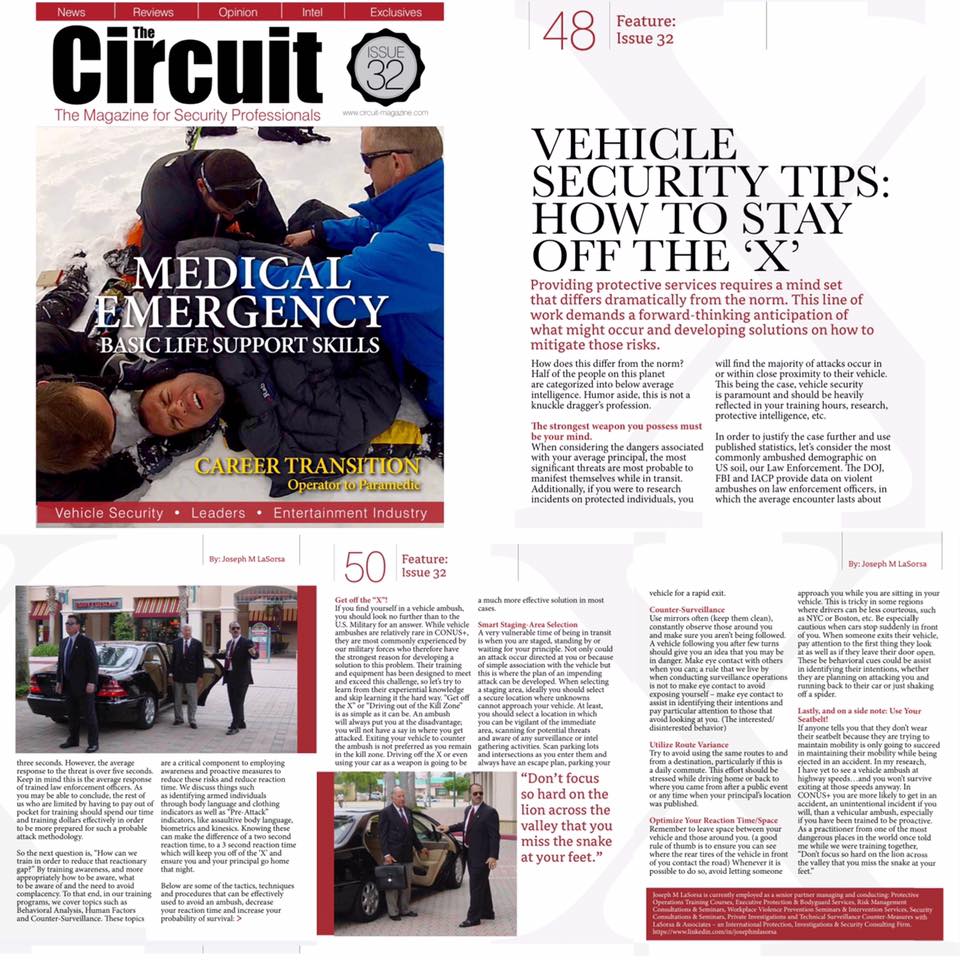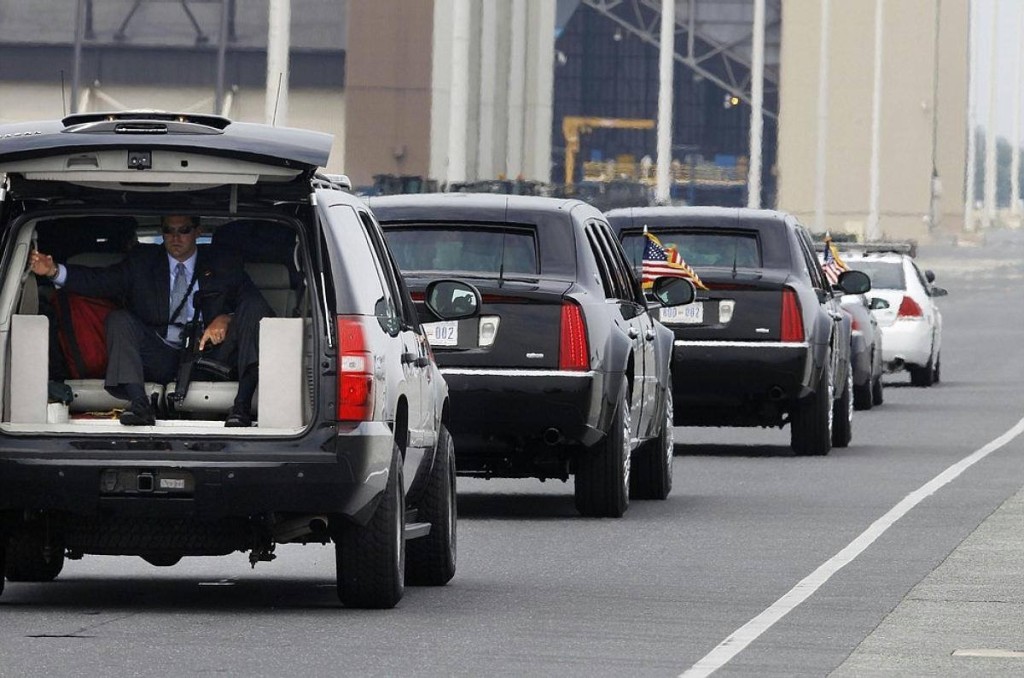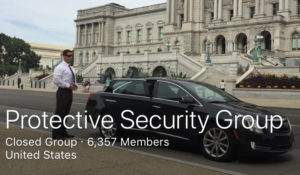Vehicle Security Tips: How to Stay Off the ‘X’

Providing protective services requires a mind set that differs dramatically from the norm. This line of work demands a forward-thinking anticipation of what might occur and developing solutions on how to mitigate those risks. How does this differ from the norm? Half of the people on this planet are categorized into below average intelligence. Humor aside, this is not a knuckle dragger’s profession.
The strongest weapon you possess must be your mind.
Read the article as published in The Circuit: Magazine for Security Professionals

When considering the dangers associated with your average principal, the most significant threats are most probable to manifest themselves while in transit. Additionally, if you were to research incidents on protected individuals, you will find the majority of attacks occur in or within close proximity to their vehicle. This being the case, vehicle security is paramount and should be heavily reflected in your training hours, research, protective intelligence, etc.
Security Driver & Secure Transportation Services
In order to justify the case further and use published statistics, let’s consider the most commonly ambushed demographic on US soil, our Law Enforcement. The DOJ, FBI and IACP provide data on violent ambushes on law enforcement officers, in which the average encounter lasts about three seconds. However, the average response to the threat is over five seconds. Keep in mind this is the average response of trained law enforcement officers. As you may be able to conclude, the rest of us who are limited by having to pay out of pocket for training should spend our time and training dollars effectively in order to be more prepared for such a probable attack methodology.
Vehicle Readiness & Inspection Checklist
So the next question is, “How can we train in order to reduce that reactionary gap?” By training awareness, and more appropriately how to be aware, what to be aware of and the need to avoid complacency. To that end, in our training programs, we cover topics such as Behavioral Analysis, Human Factors and Counter-Surveillance. These topics are a critical component to employing awareness and proactive measures to reduce these risks and reduce reaction time. We discuss things such as identifying armed individuals through body language and clothing indicators as well as “Pre-Attack” indicators, like assaultive body language, biometrics and kinesics. Knowing these can make the difference of a two second reaction time, to a 3 second reaction time which will keep you off of the ‘X’ and ensure you and your principal go home that night.
–
–
Below are some of the tactics, techniques and procedures that can be effectively used to avoid an ambush, decrease your reaction time and increase your probability of survival:
–
Get off the “X”!
If you find yourself in a vehicle ambush, you should look no further than to the U.S. Military for an answer. While vehicle ambushes are relatively rare in CONUS+, they are most commonly experienced by our military forces who therefore have the strongest reason for developing a solution to this problem. Their training and equipment has been designed to meet and exceed this challenge, so let’s try to learn from their experiential knowledge and skip learning it the hard way. “Get off the X” or “Driving out of the Kill Zone” is as simple as it can be. An ambush will always put you at the disadvantage; you will not have a say in where you get attacked. Exiting your vehicle to counter the ambush is not preferred as you remain in the kill zone. Driving off the X or even using your car as a weapon is going to be a much more effective solution in most cases.
–
Smart Staging-Area Selection
A very vulnerable time of being in transit is when you are staged, standing by or waiting for your principal. Not only could an attack occur directed at you or because of simple association with the vehicle but this is where the plan of an impending attack can be developed. When selecting a staging area, ideally you should select a secure location where unknowns cannot approach your vehicle. At least, you should select a location in which you can be vigilant of the immediate area, scanning for potential threats and aware of any surveillance or intel gathering activities. Scan parking lots and intersections as you enter them and always have an escape plan, parking your vehicle for a rapid exit.
Executive Protection Training – Security Driver Training
–

–
Counter-Surveillance
Use mirrors often (keep them clean), constantly observe those around you and make sure you aren’t being followed. A vehicle following you after few turns should give you an idea that you may be in danger. Make eye contact with others when you can; a rule that we live by when conducting surveillance operations is not to make eye contact to avoid exposing yourself – make eye contact to assist in identifying their intentions and pay particular attention to those that avoid looking at you. (The interested/disinterested behavior)
–
Utilize Route Variance
Try to avoid using the same routes to and from a destination, particularly if this is a daily commute. This effort should be stressed while driving home or back to where you came from after a public event or any time when your principal’s location was published.
–
–
Optimize Your Reaction Time/Space
Remember to leave space between your vehicle and those around you. (a good rule of thumb is to ensure you can see where the rear tires of the vehicle in front of you contact the road) Whenever it is possible to do so, avoid letting someone approach you while you are sitting in your vehicle. This is tricky in some regions where drivers can be less courteous, such as NYC or Boston, etc. Be especially cautious when cars stop suddenly in front of you. When someone exits their vehicle, pay attention to the first thing they look at as well as if they leave their door open. These be behavioral cues could be assist in identifying their intentions, whether they are planning on attacking you and running back to their car or just shaking off a spider.
–
Lastly, and on a side note: Use Your Seatbelt!
If anyone tells you that they don’t wear their seatbelt because they are trying to maintain mobility is only going to succeed in maintaining their mobility while being ejected in an accident. In my research, I have yet to see a vehicle ambush at highway speeds…and you won’t survive exiting at those speeds anyway. In CONUS+ you are more likely to get in an accident, an unintentional incident if you will, than a vehicular ambush, especially if you have been trained to be proactive. As a practitioner from one of the most dangerous places in the world once told me while we were training together, “Don’t focus so hard on the lion across the valley that you miss the snake at your feet.”
———————————————————
Joseph M. LaSorsa, CPP® is currently employed as a senior partner managing and conducting: Protective Operations Training Courses, Executive Protection & Bodyguard Services, Risk Management Consultations & Seminars, Workplace Violence Prevention Seminars & Intervention Services, Security Consultations & Seminars, Private Investigations and Technical Surveillance Counter-Measures with LaSorsa & Associates – an International Protection, Investigations & Consulting Firm.
https://www.linkedin.com/in/josephmlasorsa
–



